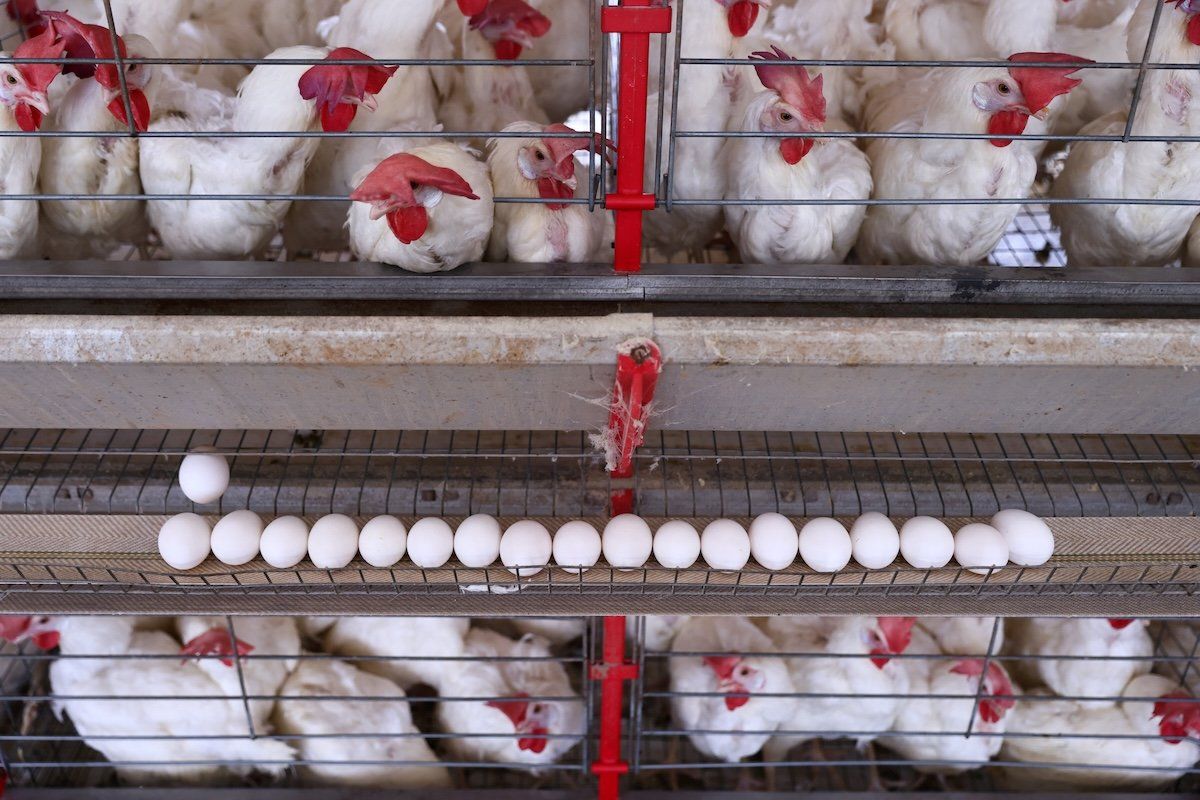HARD NUMBERS: US prices rise less than expected, Investors bet on European weapons, ICE runs out of jails, Brazil’s egg exports boom
2.8: Prices in the US rose 2.8% on an annual basis in February, slightly lower than economists had expected. That was good news for people and businesses uneasy about the potential inflationary impact of Donald Trump’s tariffs, but the full impact of his policies has yet to be felt.
2,527: Still, egg prices remain sky high in the US because of bird-flu-related shortages, and Brazil is scrambling to fill the void. South America’s largest economy exported 2,527 tons of eggs to the US in February, an increase of more than 60% since the same period last year. Brazil’s egg farmers are, you might say, seeing the sunny side up.
10: Europe’s Trump-driven push to rearm itself is bringing joy to the continent’s defense firms. Several big European arms manufacturers – Germany’s Hensoldt and Rheinmetall, and Italy’s Leonardo – have seen their market values more than double since November’s US presidential election. Meanwhile, Lockheed Martin and L3 Harris, two American leaders in the industry, have seen theirs fall more than 10%.
47,600: Amid a sweeping US crackdown on undocumented immigrants, the Immigration and Customs Enforcement agency has run out of detention space. According to an ICE official, there are currently 47,600 people detained, with no room for any more. ICE is appealing to the Defense Department and other law enforcement agencies for more prison space.
